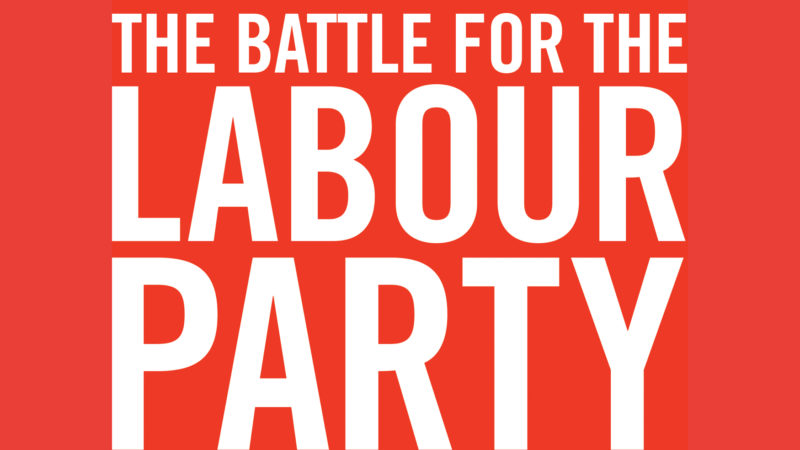
MPs are back in their constituencies, taking a break from Brexit rows in the Commons during parliamentary recess. The news is slower than it has been over the last few months, no longer moving at a breakneck pace. And I’m also only briefly reappearing today – chiefly to let you know about a new book that is bound to interest LabourList readers.
If you’re a fan of literature on the Labour Party, you’ll be familiar with the 1981 book The Battle for the Labour Party, which chronicled the party from 1973 to 1981. Now its author David Kogan has penned a follow-up, coming out this week. Protest and Power: the Battle for the Labour Party picks up pretty much where its precursor left off, offering a comprehensive overview of everything Labour between 1980 and now.
For those already familiar with the main events of that time – from Michael Foot’s leadership, marking the beginning of the wilderness years for both the Labour Party and the Labour left, through to the unexpected success of Jeremy Corbyn – it’s the details that will keep you captivated. LabourList’s bread and butter: conference motions passed, party processes manipulated for faction gain and rule changes implemented with unintended consequences. Jon Lansman, Pete Willsman and other figures on the left, who appear so frequently on the web pages of our site today, are placed at the scene in the early 1980s. Those who have become key players amid the Corbynite revolution made crucial moves back then, too, and used many of the same tactics.
There are lessons in this book for everyone who wants to get their way in the party and shape its direction. Without shoving any particular interpretation of events down your throat, Kogan shows that factions keep making the same mistakes. In both 1980 and 2015, the ego-driven Labour right was blindsided, by a small group of Campaign for Labour Party Democracy activists then and later by new members, Corbyn-inspired and austerity-hardened. As for the Labour left, the split between the Bennite left and the soft left made way for the Kinnock era, which cleared the path for Blairism. And that prompts the question: will we see a similar divide play out in the same way? Could that timeline be taken as a warning about the differences between loyal Corbynites and the soft (Remain) left now?
As editor of LabourList, I see it as my responsibility to keep a close eye on the parliamentary party and a firm grip on grassroots activities. Kogan appears to take a similar approach. It would be easy to focus only on Westminster battles; instead, he is careful to show that the behind-the-scenes plotting of ordinary activists underpins all the headline-grabbing stuff. This is a no-nonsense, straightforward account of what has happened within the party over the last four decades – and it’s truly thorough. You’ll get to the bottom of each page and think, ‘I need to remember every word of this’. Or at least I did.
For a taster, read Kogan’s piece for LabourList on his time travelling through party history. For a 25% discount on the book, order from Bloomsbury.com and quote LABOURLIST25 at the checkout. We will get £1 for every copy bought using this code – so you’ll be donating to LabourList as well as buying a must-read.
Sign up to LabourList’s morning email for everything Labour, every weekday morning.



More from LabourList
‘No racist is going to make me feel I don’t belong’: Shabana Mahmood on resilience, faith and public service
Delivering in Government: your weekly round up of good news Labour stories
‘Labour should call time on the unfair system that is hurting pubs’